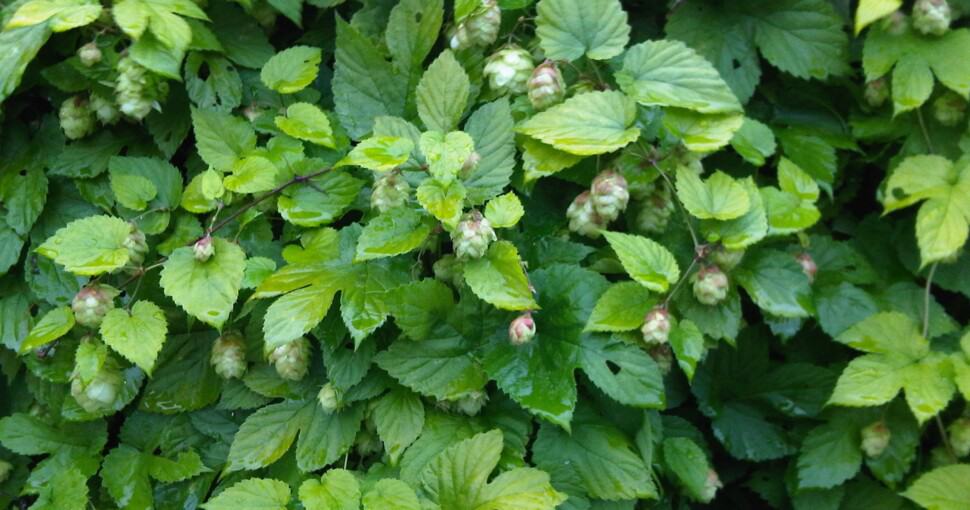Hops (Cannabaceae Humulus) is well-known for its use in beer brewing. The plant that produces hop buds is known as a hops plant and is native to the temperate regions of North America, Europe, and Asia. The hops plant grows 15 to 20 feet tall and is a vine.
Contents
- 1. American Hop Hornbeam (Ostrya virginiana)
- 2. Vine Maple (Acer circinatum)
- 3. Grapevine (Vitis)
- 4. Boston Ivy (Parthenocissus tricuspidata)
- 5. Cannabis (Cannabis sativa)
- 6. Passion Vine (Passiflora)
- 7. Wild Cucumber (Cucumis anguria)
- 8. Japanese Hop Hornbeam (Carpinus japonica)
- 9. False Hop Sedge (Carex lupuliformis)
It has maple-like leaves with three lobes and finely serrated edges. The flowers grow in bunches. They are green and look like they have scales. The entire plant is covered in fine fuzz that makes it feel soft. But hops aren’t the only plant with this description.
Several plants look like hops from afar, and knowing how to identify them might help you avoid brewing the wrong thing. Some plants with similar characteristics to hops include:
- American Hop Hornbeam – has flowers that resemble hops.
- Vine Maple – has the same leaves and growth pattern as hops.
- Grapevine – has similar leaves and carries green fruit that sometimes looks like hops.
- Boston Ivy – has similar leaves to a hops plant.
- Cannabis – has leaves and buds that resemble hops.
- Passion Vine – has green fruit that looks like hops.
- Wild Cucumber – has similar leaves and fruit that look like hops flowers.
- Japanese Hop Hornbeam – nearly all parts of the plant look like hops, especially the flowers.
- False Hop Sedge – has hop-like achenes that look like hops flowers.
If you want to know more about these plants and how they resemble hops, continue reading. We’ll discuss everything to know about how these 9 plants are similar to and different from hops.
1. American Hop Hornbeam (Ostrya virginiana)
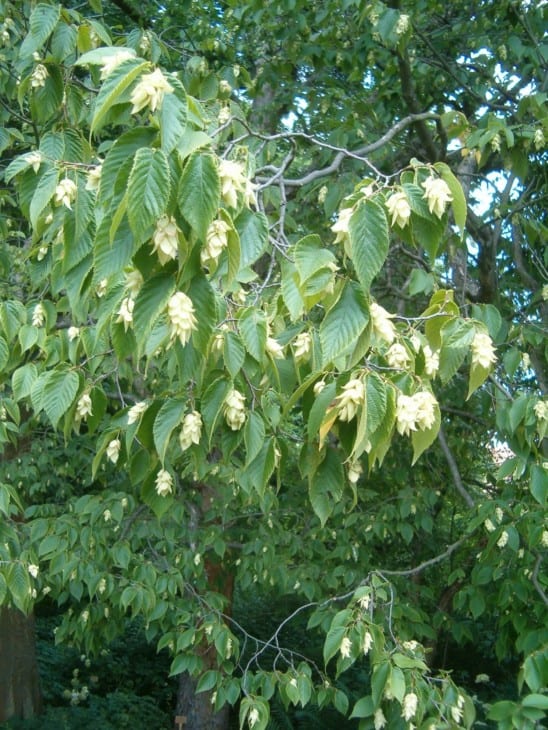
The American hop hornbeam has many characteristics that make it look like a hops plant. However, the most important characteristic is that, like the hops plant, the American hop hornbeam produces small green flowers covered in scales. As the name suggests, these trees are native to North America.
While they might look like hops, you cannot use the American hop hornbeam’s flowers for beer brewing. Furthermore, this tree is more than twice the size of a hops vine, reaching as tall as 40 feet. Finally, the leaves of an American hops hornbeam don’t look like maple leaves, making distinguishing between this and true hops easily.
2. Vine Maple (Acer circinatum)
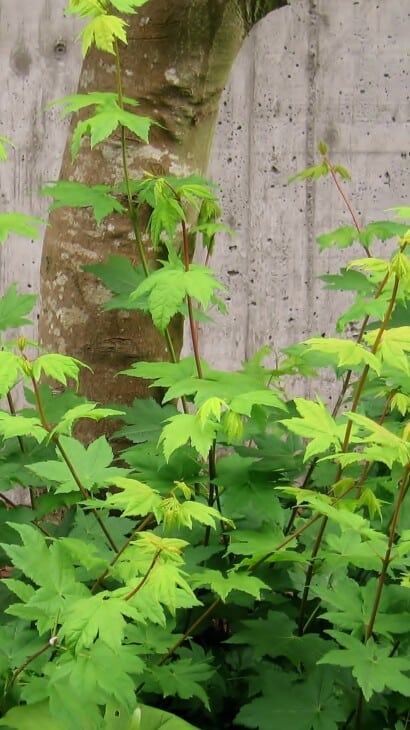
Because hops plants have maple-like leaves, it’s no surprise that there is a maple tree with a similar appearance. One such example is the vine maple. This maple is native to North America and grows 15 to 20 feet tall, making it the same size as a hops plant.
The vine maple also has maple-like leaves. However, the leaves are slightly more lobed than hops plants. Furthermore, vine maples don’t produce flowers. And, despite having the name “vine” in it, the vine maple is more like a small tree than a climbing vine like the hops plant.
3. Grapevine (Vitis)
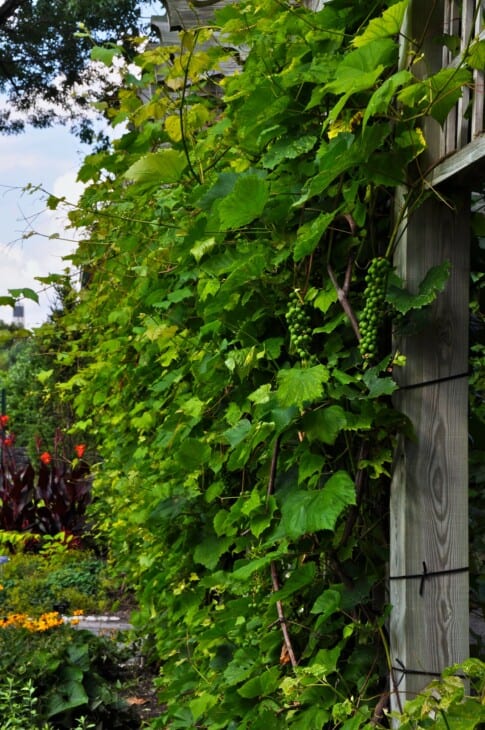
Another plant with maple-like leaves is the grapevine. Grapes, as you may well know, is also a vine. Although grapevines can get huge in nature, they are typically cultivated to grow to about 10 to 15 feet tall. Grapevines have lobed, maple-like leaves that make them look like hops plants.
Grapes are native to Central Europe and Asia. Although grapes have some characteristics in common with hops, you can identify this plant by its woody stem and fruit. Still, when grapes are young and not bearing fruit, they might be confused for a hops plant if you stumble across them in the wild.
4. Boston Ivy (Parthenocissus tricuspidata)
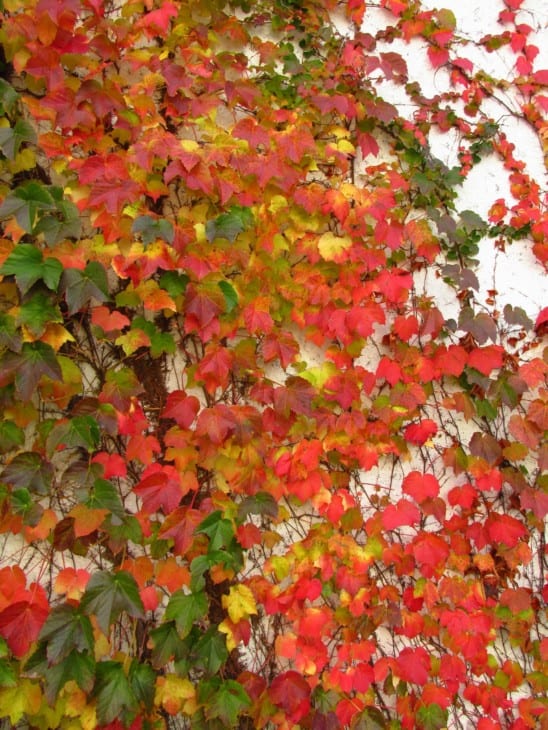
Like a hops plant, the Boston ivy is a climbing vine. Despite the name, Boston ivy is native to Eastern Asia. It can grow up to 80 feet tall, depending on how much support it has. That makes it a lot bigger than a hops plant.
Still, a Boston ivy’s lobed, dark green leaves remind one of a hops plant. Therefore, some people have mistaken these two plants for each other, especially when they are still young. However, a Boston ivy doesn’t produce flowers resembling buds, unlike the hops plant.
5. Cannabis (Cannabis sativa)
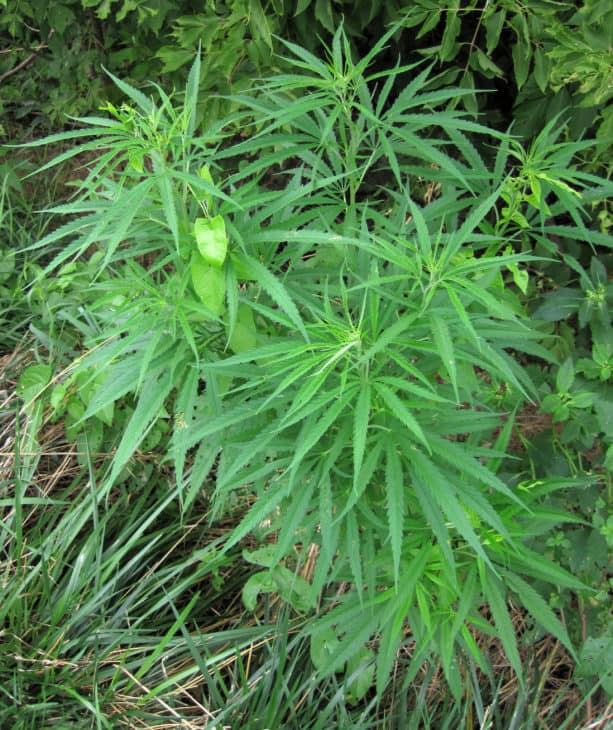
Cannabis is one of the plants on this list that resembles hops the most. This is because both plants are part of the Cannabaceae family. Cannabis plants grow up to 13 feet tall, slightly smaller than hops plants.
Like hops, cannabis plants have maple-like leaves with finely serrated edges. However, while hops leaves are broader, cannabis is known for having thin, almost star-shaped leaves. Cannabis plants also have buds that look somewhat similar to the flowers of a hops plant.
However, cannabis buds are slightly fuzzier and face upwards, while hops flowers face down from the plant.
6. Passion Vine (Passiflora)
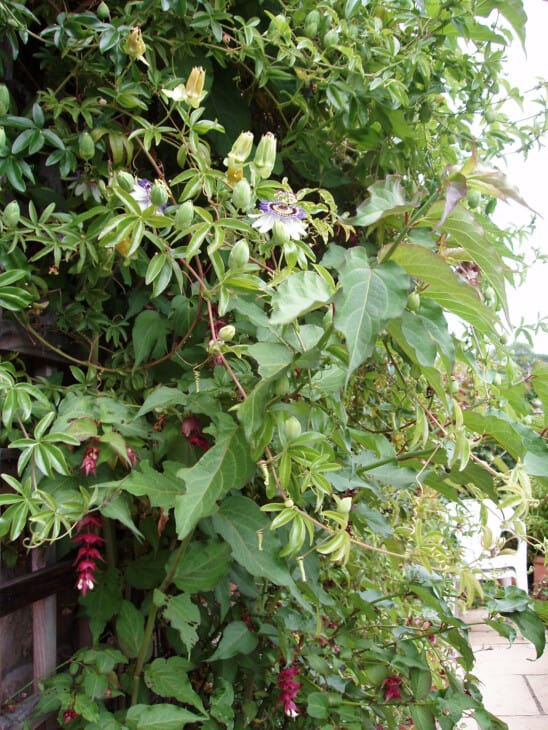
Another plant with some similarities to a hops plant is the passion vine. Passion fruit vines are native to Peru and grow between 10 and 30 feet tall. Passion vines produce purple fruit. However, when the fruit is still immature, it is green and oval-shaped. This reminds one of a hops flower, especially when seen at a distance.
Unlike hops, however, passion vines have oval-shaped leaves with slightly serrated edges. They also produce some of the most interesting-looking pink, white, and purple flowers. Like the hops plant, the fruit of a passion vine is also edible.
7. Wild Cucumber (Cucumis anguria)
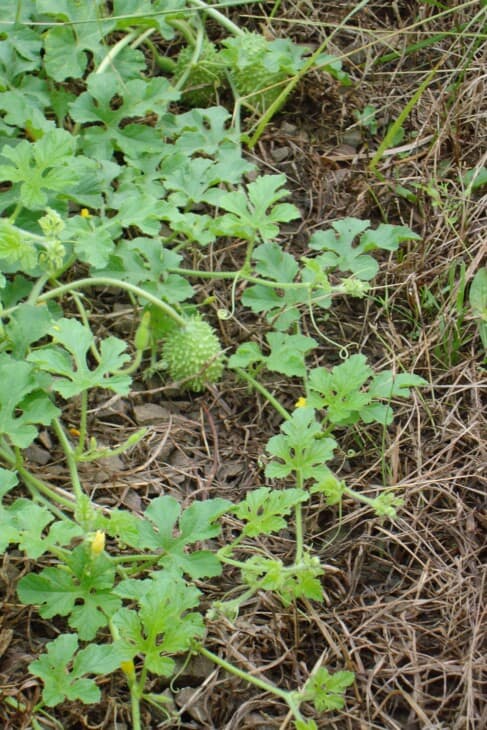
The wild cucumber plant grows between 15 and 20 feet tall and has many characteristics that remind one of a hops plant. The wild cucumber plant is native to North America. Like the hops plant, it is also a vine, so some people mistake it for a hops plant.
Wild cucumbers also have maple-like leaves, which make them look even more like a hops plant. However, their leaves have smooth edges, unlike the serrated edges of hops. Furthermore, wild cucumber plants don’t have flowers that resemble hops flowers. Instead, they have tiny white flowers that turn into green fruit with a spiky appearance.
Related: 5 Plants That Look Like Cucumbers
8. Japanese Hop Hornbeam (Carpinus japonica)
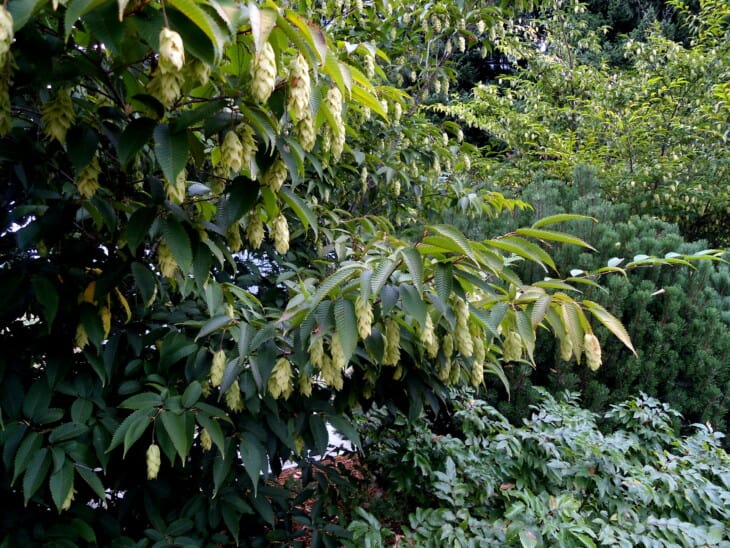
Like the American hop hornbeam, the Japanese hop hornbeam has many similarities with hop plants. Japanese hop hornbeams grow between 20 and 30 feet tall when cultivated. However, in the wild, they can grow as tall as 50 feet. It is native to Japan.
Like the hops plant, the Japanese hornbeam is known for its bud-like flowers. However, the flowers are yellower than those of a hops plant. The Japanese hornbeam also doesn’t have maple-like leaves. Instead, it has oval-shaped leaves with finely serrated edges.
While Japanese hornbeam flowers and seeds are edible, they aren’t used for beer brewing. Instead, they are ground up to make flour for porridge or bread.
9. False Hop Sedge (Carex lupuliformis)
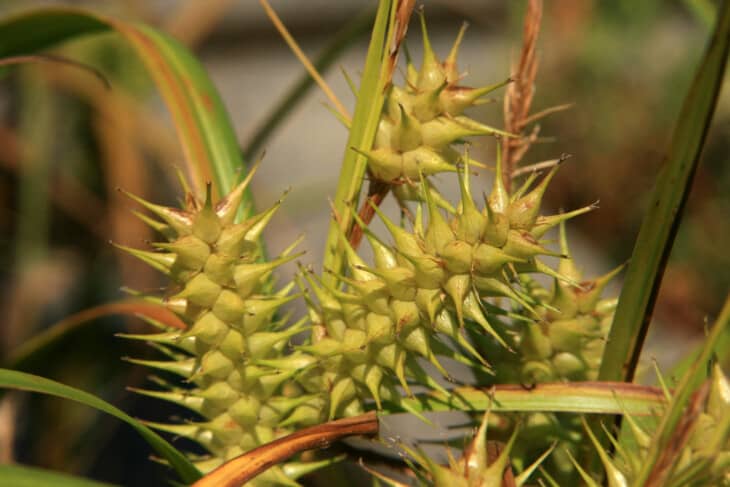
The false hop sedge is a grassy weed that grows up to 4 feet tall. It is native to North America and has buds that resemble hops flowers. But, of course, the grassy plant doesn’t resemble a hops plant. Apart from the buds, there isn’t much about this plant that looks like a hop.
It is often found near lakes and ponds. It grows straight up like many other wild grasses and has thin, blade-like leaves. However, the false hop sedge’s buds aren’t as smooth as those of a hops plant’s flowers. Instead, they are spikier, making attaching to animals walking past easy.

